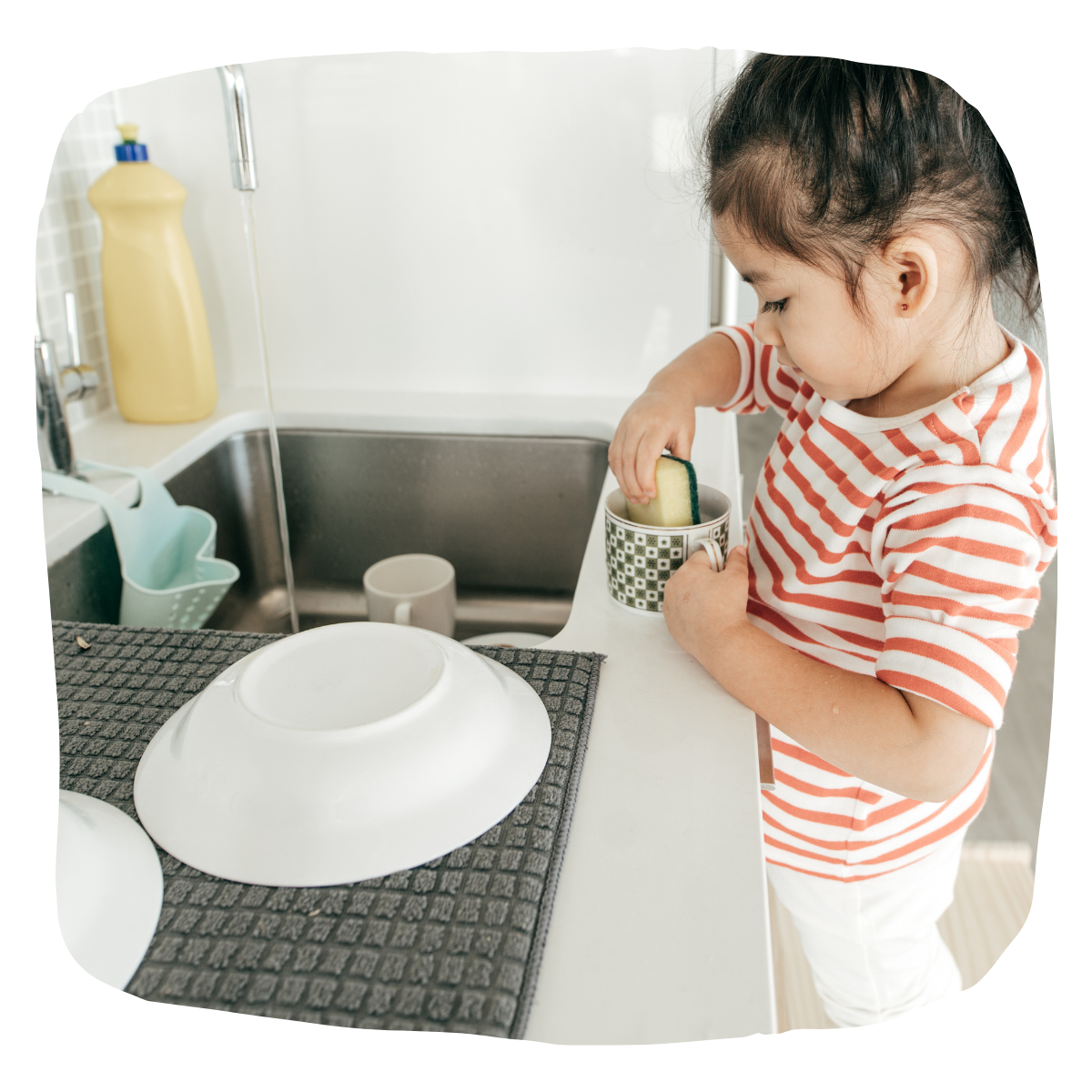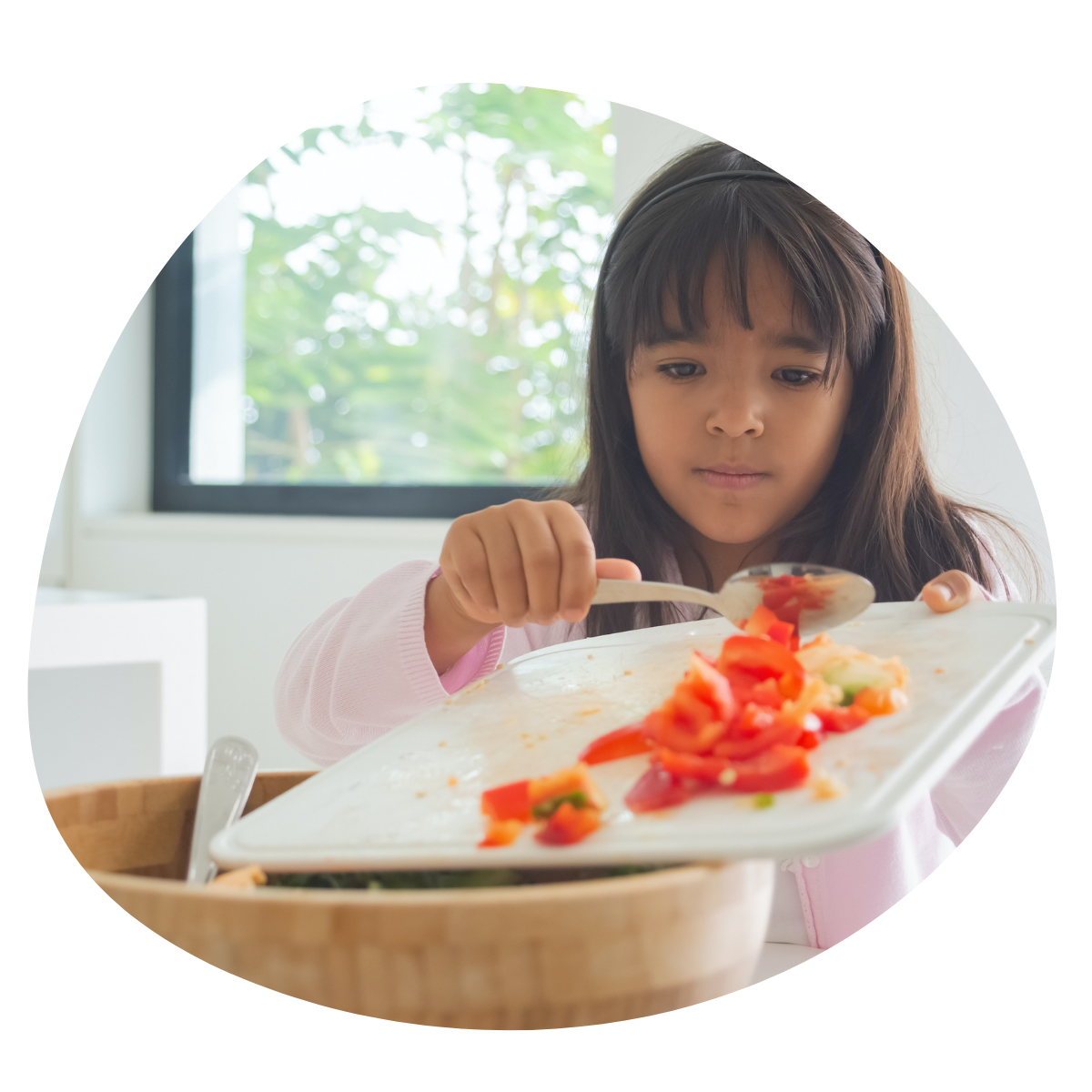T-Minus 9 days until school begins…
Summer’s nearly over, and we realize the transition back to the classroom can be a tricky time for both students and parents, especially after such a strange and unpredictable pandemic year. The good news – we have all of the tips and tricks for making the big return less anxious, and for helping your child adjust to such a big shift in their routine. Read through below for the best healthy school snacks, how to incorporate Montessori into your home, and how to work with your child to make a calendar that works for the whole family.
food
We all know there is nothing more important for our kids than a healthy and well-balanced diet. But reality makes this harder than sometimes seems reasonable. Hopefully some of the ideas below can help parents wrap their minds around how to get their student to school with healthful food in tow!
- Think of the advice given by author Michael Pollan: shop on the outsides of the grocery store to avoid packaging, additives, and excess sugar. Not only does this promote healthy bodies, but it also helps set the table (no pun intended!) for learning about food! The more basic the ingredients, the more your student can learn about the building blocks to their favorite snacks.
- Involve your student in making their own food. This will encourage them to actually eat what you send to school and give them a sense of pride in their accomplishments.
- Promoting protein-rich and whole foods helps to encourage consistent energy, focus, and emotional stability throughout the school day.
- Remember to cut up high-choking hazard foods for young’uns!
- When making lunch, think of having a main course, a snack, a “treat” (like fruit), and a side. For inspiration, look at images of Planetbox lunches. Sounds silly, but it can be helpful when you encounter that lunch-making roadblock.

snack ideas
– Whole fruits (cut up apples, berries, cut up grapes)
– Cups of whole milk yogurt (add in cinnamon for a spot of sweetness)
– Crackers or bread with a favorite spread (ie: hummus, butter, pesto)
– Bite-size veggies like carrot sticks and cherry tomatoes.
– Slices of cheese
lunch ideas
– Sandwiches on whole bread, gluten free bread, or crackers.
– Sides of cottage cheese or tuna salad.
– Crunchy treats like popcorn, pretzels, carrots, and (as long as there are no allergies in your class) almonds.
– Hard boiled eggs (get fancy by mixing butter and salad dressing with the yolks to make a low-key deviled egg).
– Fruit snacks: peeled orange slices, kiwi, avocado halves, cubed melon or pineapple.
schedules & routines

You don’t always have to buy something to help your kid engage with a topic. This handmade calendar is helping one of our young primary students learn about the days of the week, the passing of time, and reinforcing reading from left to right!
Consistent scheduling is one of the most important things we can provide for our students. As you prepare for the start of school, consider starting to shift your daily schedule so that when those early school mornings begin, your child isn’t too surprised. Remember that students must be at school by 8:30 and need time for a hearty breakfast and change into clean clothes before that! Think about getting your child to bed early in the evening (7pm or 8pm) so that students can wake up refreshed and ready for the day. Start including your child in the routines of the day. Some of the links below can help students of all ages participate in their schedule. From routine cards for toddlers to complex calendars for elementary students, these are just a few things that can help students start to anticipate the more structured school environment that they will be in soon.
Here are some material suggestions to get you started…




helping in the house
One of the tenants of the Montessori experience is independence and confidence. Every student at Desert Montessori is invited to practice self-sufficiency that is appropriate for where they are in their learning experience. Since students will be expected to do these things at school, you can support them by setting similar goals at home. Helping at home helps your student understand that they have an important role in their home community.
Here are some examples of age-appropriate activities to support your child’s independence:
all ages
Every student at DMS is old enough to put away the activity they are working on before starting a new activity. (Happy dance for parents everywhere!) Our students are also old enough to practice grace and courtesy at home. “Please” and “thank you” can become automatic responses with reinforcement at home.
toddlers
– Starting to take off and put on non-tie shoes
– Cleaning up small spills with a rag
– Using a butter knife to cut and spread soft things (ie: bananas, softened butter)
– Put away belongings in the house
primary
Choose their own clothes and start to dress themselves
-Start to sweep up small messes (think sand from the playground that ends up in their shoes and then on your floor!)
-Setting and helping to clear the table
-Take on a small chore in the house (feeding the animals, helping to fold the laundry, etc)
elementary
-Help with food preparation for family meals (maybe even starting to cook some of them! Think pasta with olive oil and cheese with a side salad)
-Keep room clean and tidy
-Responsible for packing their snack and maybe lunch for the next day
-More complex chores (ie: washing dishes, watering the garden)




